During coaching sessions, I often get asked from professionals in their fundraising positions, “How do I run a capital campaign?” My easy answer, “It’s just like a big fundraising campaign on steroids.” What do you mean?
I learned a valuable lesson very on in my career about how to run an Annual Fundraising Campaign that has served me well.
One of my first positions was starting up the fundraising office at my local YMCA.
It was at this time that I was told about a resource that would change the way that I looked at fundraising and one that I still have today.
The Executive Director at the time told me to get a copy of the “Red Book.” What is the “Red Book” you ask?
Well, it is also called the YMCA’s Annual Community Support Campaign Manual. It was first developed by the Los Angeles YMCA, who codified this approach after the Los Angeles YMCA broke with the Community Chest (predecessor to the United Way). This YMCA realized that it needed to diversify its income stream away from the Community Chest and needed to begin asking its members for contributions. It has been noted that at that time, 23% of the Association’s revenues came from contributions and 60% from the Community Chest. After breaking away, the YMCA realized that it needed a model quickly. The YMCA later went on to become very successful in its efforts.
The first version of the manual was compiled in the 1960s by Charles W. Jacobson. It has now been universally adopted by YMCA’s across the country and is the best approach to YMCA’s. The model espoused in this “Red Book” has provided the structure for not only a comprehensive annual campaign but also capital and endowment campaigns.
If you look at the history of annual funds and capital campaigns in the United States, which there are far too few articles honoring, you will find that Charles Sumner Ward and Lyman Pierce of the YMCA and Harvard fundraiser Abbott Lawrence are credited with systematizing and perfecting fundraising.
Ward and Pierce created a campaign clock designed to raise funds in a short period. They had a 26-day campaign to raise $80,000 for the Washington, D.C., YMCA. They also hired publicists and encouraged leading business leaders to support the campaign.
Abbott Lawrence created the first long-term capital campaign designed to raise money for Harvard. He raised $2.5 million. Other institutions around the country copied his techniques.”
If you have a chance to obtain a copy of the “Red Book,” what you will find are several things that demonstrate that a capital campaign is nothing but a “big fundraising campaign on steroids.”
>>Quick station break – article continues below and you’ll want to get your hot little hands all over my new 7 Tips to Take Back Control of Your Time Guide. Get a copy of your guide here!>>>
1) The annual campaign outlined in the “Red Book” is a very time-limited process conducted over weeks, much like a capital campaign. Most YMCA’s hold their campaigns starting in February.
2) The annual campaign must start with a “general plan” that includes, at minimum, a case for support, campaign goals and success indicators, action steps, job descriptions, organizational chart, campaign budget, and calendar. Much like a capital campaign plan needs to be developed.
3) The annual campaign has several key divisions, including a “major gifts” of $1,000 or more and then a “Teams or Community” for all other gifts. Other divisions may be required depending upon the size and scope of the campaign.
4) Much like capital campaigns, the annual campaign has a Board solicitation segment, a staff solicitation segment, the solicitation of a major gift segment, a community gifts solicitation segment, and then a “clean up” segment including campaign evaluation.
5) There is a very sequential nature to the “Red Book” annual campaigns where solicitation starts with the Board and staff first and the moves out to the major donors. This follows the “inside-out/top-down” structure of a capital campaign.
6) The “Red Book” campaigns are heavily reliant on volunteer participation. Each “division” would have its group of recruiting volunteers who have job descriptions and expectations.
7) Each division of the “Red Book” annual campaign would have an official “kick-off” component noting the transition from one division to the next. Major gift solicitation would not begin until the Board and staff have been asked, and the “Members/Community” gifts division would not start until the major gift solicitation had concluded. Additionally, the campaign would also have a concluding “celebratory” event.
8) In the “Red Book” annual campaign, major gift donors must be asked in a highly personalized way either through in-person visits or by telephone. Campaign “mop up” efforts would consist of reaching all those by phone, which had not been reached previously during the active campaign period. There would also be a strong system of pledge collection put into place.
8) While the “Red Book” annual campaign is very time-limited, it does not suggest that the cultivation of major donors is a year-long process and does not have an end or stop date. Moves management must be built into the fundraising program as a continuous process of identity, qualifying, and cultivating major gift prospects.
9) Like a more substantial major gifts or capital campaign effort, volunteer campaigners for the “Red Book” annual campaign at each level must undergo a training process for solicitation. Volunteer solicitors must attend periodic annual campaign report meetings throughout the campaign period.
10) During a “Red Book” annual campaign, major donors and community/members are asked to either make outright gifts or pledges to the campaign that would be paid by year-end. It is heavily pledge driven.
Through my experience growing up in the YMCA work of fundraising, I was immersed in a rich history of annual campaigning that led me to be able to mount more sophisticated capital campaigns much more quickly. The structure provided for a “Red Book” annual campaign was almost identical as that required by a more demanding capital campaign effort.
I assert that far too few organizations these days run their annual campaigns like a traditional “Red Book” annual campaign and, thus, their organizations and the fundraisers working within them lack the necessary tools needed to mount more specialized campaigns. I know this because when I say to a fundraiser, “A capital campaign is nothing more than an annual campaign on steroids,” I get an odd look back.
I urge all fundraisers either new in the field or veterans to get a copy of the YMCA’s Red Book and add it to your library collection. It will be well worth the investment.
Photo by Scott Webb on Unsplash


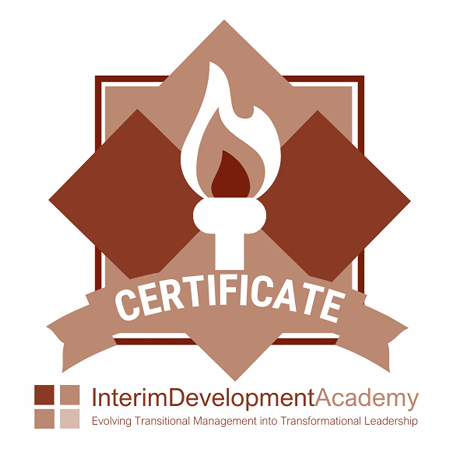

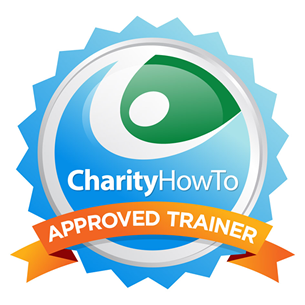
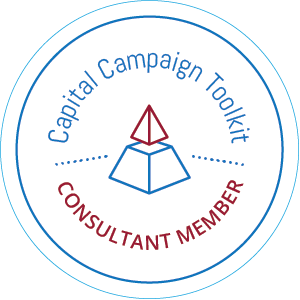
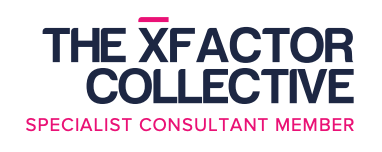
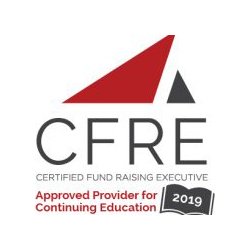



Leave a Reply
Want to join the discussion?Feel free to contribute!